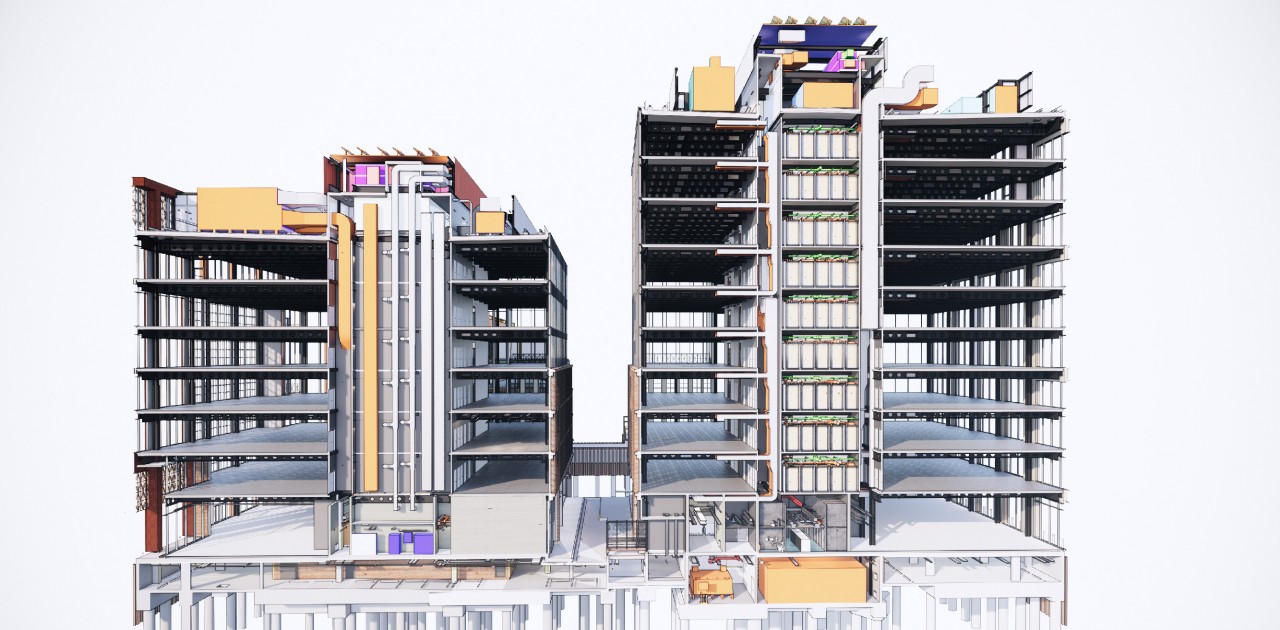Federated Model Management
Federated model management
Federated model management is the most powerful method ever devised to drive synergy throughout a building project. It involves creating a central model using Building Information Modelling (BIM). This can then be accessed to varying degrees by all relevant participants in the project, allowing them to collaborate more closely than ever before. The model becomes “a single point of truth” for the network of different contractors involved in the project alongside the Design Team. These might include structural engineers, building service engineers, MEP and other contractors and suppliers.
Mastering the model
Halliday Fraser Munro are highly experienced in providing and administering the systems required to hold and manage federated models. Our teams know precisely how to submit their BIM models into the common data environment (CDE) where all the associated plans and data are combined and can be accessed and supplemented by each of the suppliers and contractors. Our highly skilled information managers will take responsibility for the management of the federated model within the CDE ensuring that contributors all follow the correct procedures. We will also make certain that it meets all the stipulations laid out in the latest BIM protocols.
Delivering best practice across the project
Many procurement policies now specify a BIM level to ensure best practice and maximise efficient management of architectural projects. We can support clients’ projects at whatever BIM level is specified from 1 to 4. Everything at BIM level 2 or higher involves each of the relevant disciplines contributing the component 3D models that make up the federated model and supplying all the relevant data to be imported into the software. This ensures that we have all the detail needed to develop and agree the federated model. Working in this way offers our clients real peace of mind, knowing that every party involved in a project is working in unison to deliver agreed, common, goals. It helps reduce friction between suppliers and reduces the risk of nasty surprises during the build.

